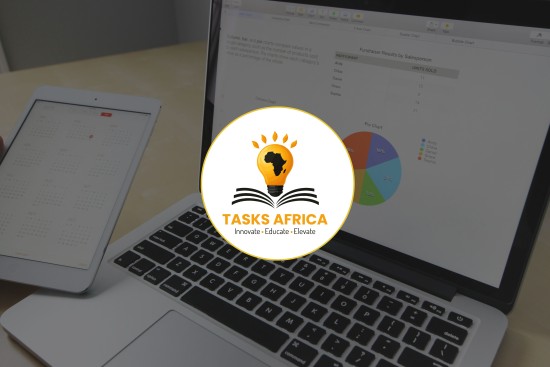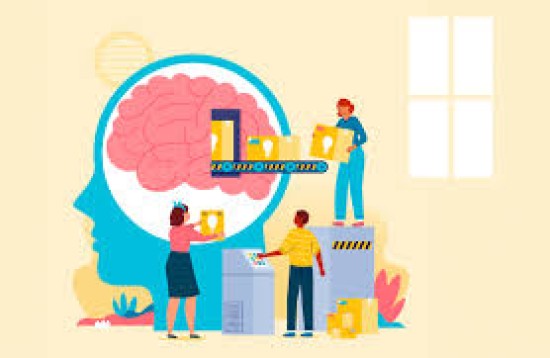Building Bridges: The Power of Collaboration and Communication in Engaging Stakeholders
Category: Blog | Published: Tue, 25-02-2025

In today’s interconnected world, the success of any project, initiative, or organization hinges on the ability to effectively engage stakeholders. Whether you’re leading a corporate transformation, launching a community program, or driving a sustainability initiative, stakeholders—ranging from employees and customers to partners and regulators—play a critical role in shaping outcomes. But how do you ensure their voices are heard, their concerns addressed, and their support secured? The answer lies in building bridges through collaboration and communication.
Why Collaboration and Communication Matter
Stakeholder engagement is not a one-way street. It’s a dynamic process that requires active listening, mutual understanding, and shared goals. Collaboration fosters a sense of ownership and inclusivity, while communication ensures clarity, transparency, and trust. Together, these two elements create a foundation for meaningful relationships that drive success.
1. Collaboration: Uniting Diverse Perspectives
Stakeholders often come from different backgrounds, with varying priorities and expectations. Collaboration brings these diverse perspectives together, creating opportunities for innovation and problem-solving. By involving stakeholders in decision-making processes, you not only gain valuable insights but also build a sense of shared responsibility. This collaborative approach ensures that solutions are practical, inclusive, and aligned with the needs of all parties involved.
2. Communication: The Glue That Holds It All Together
Effective communication is the cornerstone of stakeholder engagement. It’s not just about sharing information; it’s about creating a dialogue. Transparent, consistent, and tailored communication helps stakeholders understand the "why" behind decisions, builds trust, and reduces resistance. Whether it’s through regular updates, town halls, or feedback sessions, open communication ensures that everyone is on the same page.
Strategies for Building Bridges
1. Identify and Prioritize Stakeholders
Start by mapping out your stakeholders and understanding their interests, influence, and potential impact on your project. Prioritize those who are most critical to your success and tailor your engagement strategies accordingly.
2. Foster a Culture of Inclusivity
Create opportunities for stakeholders to contribute their ideas and feedback. Use workshops, focus groups, or collaborative platforms to encourage participation. When stakeholders feel valued and heard, they are more likely to support your initiatives.
3. Communicate with Purpose
Craft clear, concise messages that resonate with your audience. Use multiple channels—emails, social media, meetings—to reach stakeholders where they are. Be honest about challenges and celebrate milestones to maintain credibility and momentum.
4. Build Trust Through Consistency
Trust is earned over time. Deliver on promises, follow through on commitments, and be transparent about setbacks. Consistent actions and communication reinforce reliability and strengthen relationships.
5. Measure and Adapt
Stakeholder engagement is an ongoing process. Regularly assess the effectiveness of your strategies through surveys, feedback loops, or performance metrics. Use this data to refine your approach and address emerging concerns.
The Impact of Building Bridges
When collaboration and communication are prioritized, the benefits are far-reaching. Engaged stakeholders become advocates, driving support and amplifying your message. They provide critical insights that lead to better decision-making and more sustainable outcomes. Most importantly, they feel invested in the success of your initiative, creating a sense of shared purpose that transcends individual interests.
In a world where change is constant and challenges are complex, building bridges through collaboration and communication is not just a strategy—it’s a necessity. By fostering meaningful connections with stakeholders, you create a network of support that propels your vision forward. After all, success is not achieved in isolation; it’s built together, one bridge at a time.
STRATEGIC ROADMAP FOR DEVELOPING ENGINEERING FOR INDUSTRIALIZATION IN RWANDA









